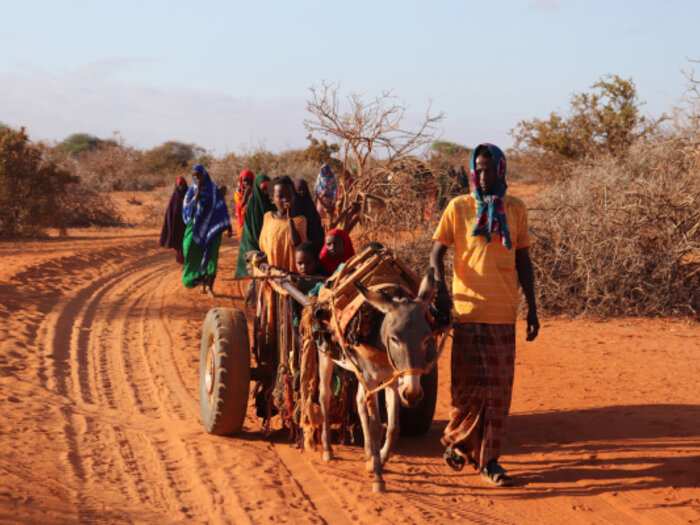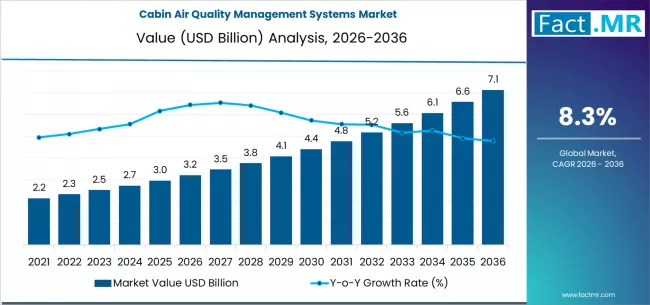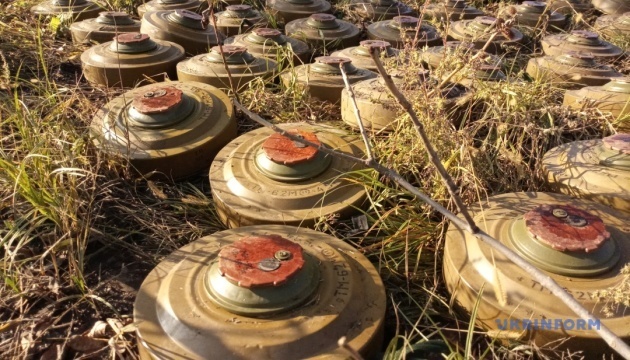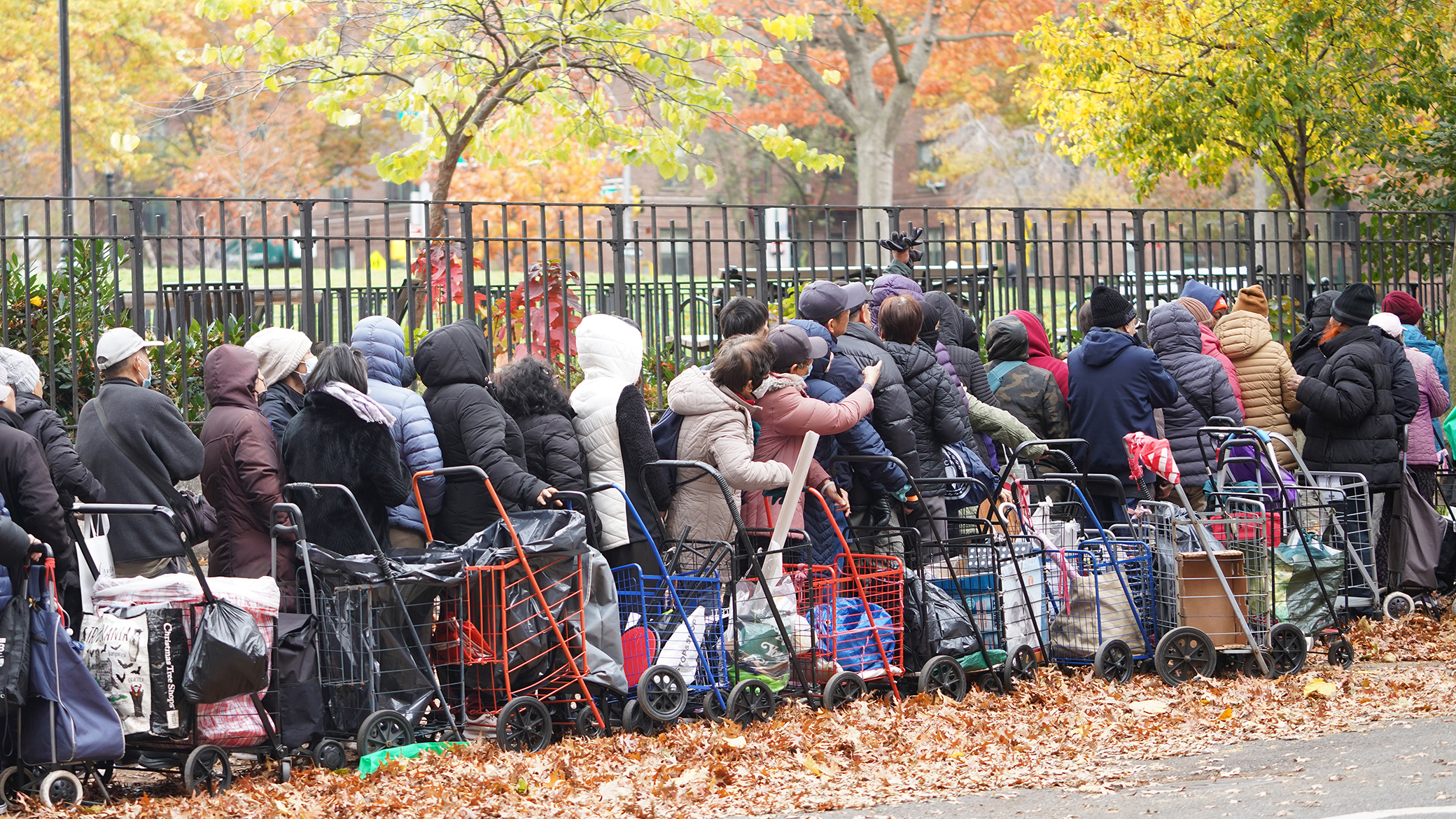Drought in Somalia
Drought in 2022-2023 of Somalia has created a food crises

Somalia is suffering the effects of the 2020-2023 drought – its longest on record – compounded by conflict and now, in some areas, flash floods. The increase in extreme weather events combined with a lack of infrastructure to withstand longer periods of drought has created a food crises in Somalia. This crises was avoided last year due to an increase in humanitarian aid packages deployed through the World Food Programme but as the drought is ongoing, budget cuts in the Programme have limited the supplies that can be delivered. The country's population works primarily in agriculture and engages in sustenance farming especially in rural areas. One of the methods used for growing food in Somalia is the use of slash and burn agriculture. This is a practice of burning down a large area of forest so the ash can be used as fertilizer. Other than the lasting deforestation impacts, this practice is unsustainable as the benefits only last for a season or two before the land becomes barren again. The fertilizer generated from burning the forest is depleted by the growing of food and not replenished. This article states a projection that by mid 2023, 6.6 million people were projected to face a food-crises. This is nearly 35% of the country's total population. This issue in agriculture combined with extremist violence and an ongoing civil war has ranked Somalia among the least developed nations in the world with the citizens facing additional harships such as starvation, disease, and war.
6.6 million people face acute food insecurity
40,000 people face catastrophic hunger
1.8 million children face acute malnutrition
Click on source to explore What the World Food Programme is doing to respond to the Somalia emergency
What is Your Reaction?
 Like
0
Like
0
 Dislike
0
Dislike
0
 Love
0
Love
0
 Funny
0
Funny
0
 Angry
0
Angry
0
 Sad
0
Sad
0
 Wow
0
Wow
0










































































